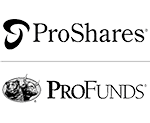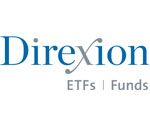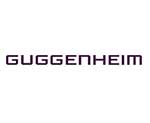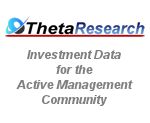Sponsored Content: Presented by Guggenheim
By Carl Resnick, Director Rydex Funds Distribution
The popularity of exchange traded funds (ETFs) has increased substantially over the past decade, with U.S. assets at about $2 trillion—and growing*. In part, ETFs are popular because they often have lower expense ratios than mutual funds. Yet, the reflexive belief that ETFs are the more cost-effective choice in all cases is simply not true. Expense ratios are just one element of the total cost of ownership for ETFs. In addition to the expense ratio, ETFs may carry additional costs that can add up for more active investing strategies.
In order to make an informed investment decision, and choose wisely between ETFs and mutual funds, investors must understand the complete cost structure of both, so they know which investment structure is best suited to their needs.
Known vs. Unknown Costs
Ownership costs for both ETFs and mutual funds can be separated into explicit (known in advance) and implicit (harder to quantify in advance) costs. Implicit costs for each can be difficult to quantify and can vary by individual security. For ETFs, these costs include bid/ask spreads and premium/discount. For mutual funds, implicit costs include shareholder activity or potential transaction fees if they are not bought and sold on a no-transaction-fee (NTF) platform, or if they are subject to holding period penalties. (Taxes are another consideration, but are not discussed here.)
Implicit costs can be especially problematic for strategies that involve active trading, because people tend to focus on what they know, while ignoring or discounting what they have difficulty predicting. In the language of behavioral finance, this is called “availability bias” and refers to the tendency to favor easily accessible information over full information.
Because expense ratios and brokerage commissions are explicit and easily available, but bid/ask spreads are difficult to quantify in advance of making a trade, many investors focus exclusively on the former. They fail to factor the latter costs into their investing and trading strategies up front—the cognitive tendency is to deal with such unknowns after the fact.















